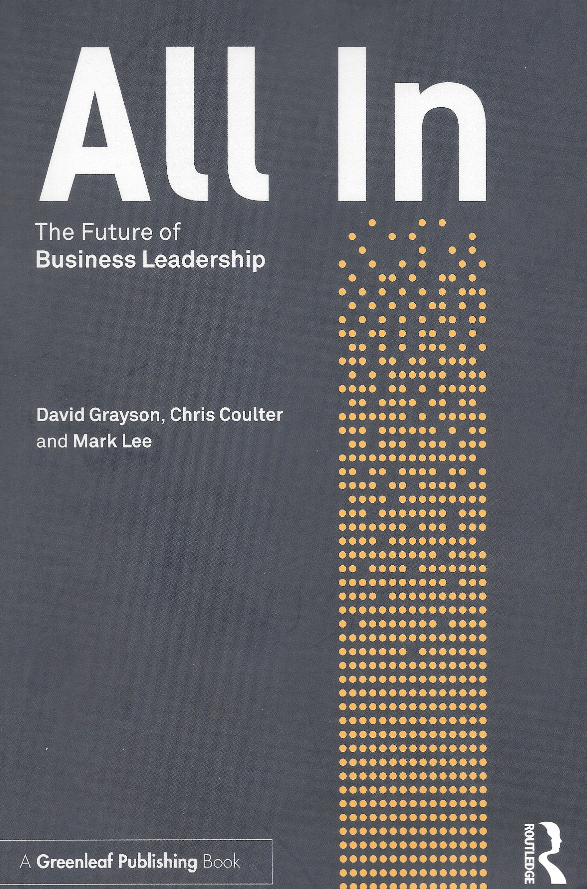The one sentence summary
High impact corporate sustainability leadership is the future of business leadership.
Can’t be bothered to read it? Listen to the 5-minute summary.
WHAT THE BOOK SAYS

- The book is based on two decades of research collected through the GlobeScan-SustainAbility Leaders Survey, plus thousands of interviews.
- During this time there have been three eras:
- The Harm Reduction Era, 1997 – 2005: the fundamental approach was to reduce risk and negative impacts.
- The Strategic Integration Era, 2006 – 2015: doing less harm wasn’t nearly enough to satisfy stakeholders, so enlightened businesses developed more comprehensive means of addressing sustainability.
- The Purpose-Driven Era, 2016 – continuing: stronger impetus for companies to declare and lead with values based on purposeful and positive impact through business success.
- Interviewees collectively pushed their organisations to the sustainability leadership threshold, which has three catalysts:
- Pressure: external conditions and societal expectations.
- Perspective: the ability to plan long-term, being non-ideological, evidence-led, and committed to the best available science.
- People: one or two leaders can make all the difference.
- In rare cases, just one of these catalysts can create the dynamics for leadership transformation, but usually some measure of all three are present.
- These companies operate with a particular set of leadership attributes:
- Purpose: why we do what we do; the organising idea for why the business exists.
- Plan: what we do and we aspire to do.
- Culture: how we do things around here.
- Collaboration: who we work with in other businesses and other sectors of society to be more effective.
- Advocacy: where we use the authority of the business to encourage others to act to advance social justice and sustainable development.
WHAT’S GOOD ABOUT IT
- Corporate sustainability leadership reduces risks, enhances brand equity, increases attraction and retention of talent, and provides a lens for innovation – all great business opportunities.
- Highly respected leadership companies are well thought of because of (in rank order) their values, sustainability being part of the core business model, ambitious targets and policies, sustainable products and services, long-term commitment, and results (“walking the talk”).
- Successful leaders need to think the big picture, anticipate radical change, create the future, inspire change, connect actions, collaborate across boundaries, and walk the talk.
- They need a personal purpose and authentic values, an understanding of sustainable development trends, the humility to be an active listener, and the skill to be social media savvy, having the courage to speak out beyond narrow self-interest.
- The biggest mess companies get into is Shareholder Value Maximization, which leads to misbehaviour and militates against social aims.
WHAT YOU HAVE TO WATCH
- There is a lot of data here, but it is clearly presented.
